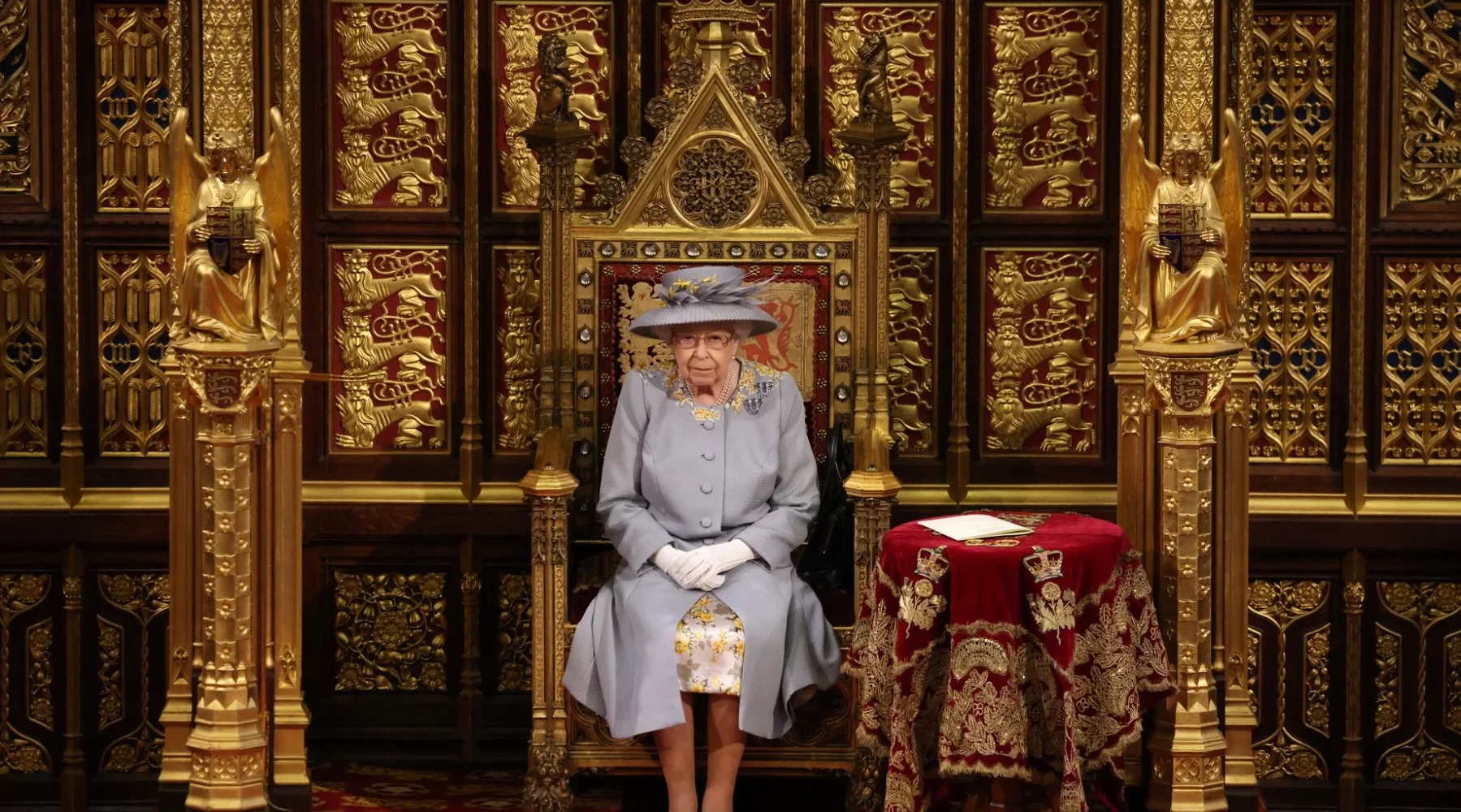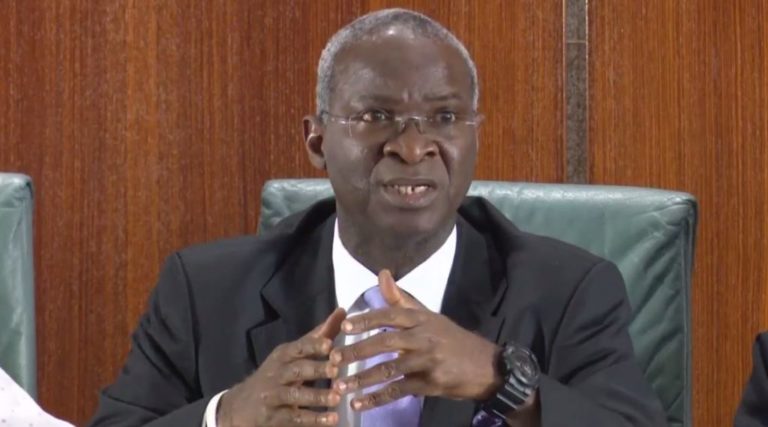Queen Elizabeth II, Britain’s longest reigning monarch’s burial, will take place today (Monday).
Details of what will happen have been announced by Buckingham Palace.
Her burial will be a day of emotion and sadness, but also a celebration of the monarch’s life and 70-year reign, and thousands are expected to line the streets in London and Windsor to pay their respects as she makes her final journey.
Millions more will be watching at home in the UK and around the world as the funeral is televised in what could become the most watched broadcast in history.
The man in charge of the operation, the Earl Marshal, the Duke of Norfolk, says the state funeral will “unite people across the globe and resonate with people of all faiths”, and pay a “fitting tribute to an extraordinary reign”.
What time is the Queen’s funeral, where does it take place – and why?
After several days of her coffin lying in state, the Queen’s funeral will be held at Westminster Abbey in London on Monday, starting at 11am.
Westminster Abbey is where she married Prince Philip 75 years ago and her coronation also took place here in 1953.
Breaking centuries of tradition, this is the first funeral service for a monarch to take place at Westminster Abbey since the ceremony for King George II in 1760, as they were later held at Windsor. However, the funerals for both Princess Diana and the Queen Mother took place here in 1997 and 2002 respectively.
It is thought the move was chosen by the Queen herself, according to reports, as the venue can hold more people and the London location is better to accommodate crowds.
Who will conduct the funeral?
The funeral will be conducted by the Very Reverend Dr David Hoyle Dean of Westminster, while the sermon will be preached by the Most Reverend and Right Honourable Justin Welby, Archbishop of Canterbury.
Where will the Queen be laid to rest – and will it be with Prince Philip?
The Queen’s final resting place will be the King George VI memorial chapel, a small annex to the main chapel at Windsor – where her mother and father were buried, and where the ashes of her sister, Princess Margaret, are kept.
When Prince Philip died, he was temporarily laid to rest in the Royal Vault at St George’s, but will now be moved to the memorial chapel to join the Queen.
The Queen’s journey to Westminster Abbey
On the day of the funeral, after lying in state finishes at Westminster Hall at 6.30am, the doors will be closed in preparation.
Shortly after 10.35am, the Queen’s coffin will be lifted and carried in procession to the state gun carriage of the Royal Navy positioned outside the north door.
The gun carriage will then set off at 10.44am, with the route to the abbey lined by members of the Royal Navy and Royal Marines.
A tri-service guard of honour will take place on Parliament Square, accompanied by the band of the Royal Marines.
The procession will arrive at 10.52am and the coffin will be carried into the abbey for the service.
The ceremony itself
Invited heads of state and overseas government representatives, including foreign royal dignitaries, will travel collectively from Royal Hospital Chelsea to the abbey.
The funeral will be conducted by the Dean of Westminster, with Prime Minister Liz Truss and the Secretary General of the Commonwealth to read Lessons. The Archbishop of York, the Cardinal Archbishop of Westminster, the Moderator of the General Assembly of the Church of Scotland and the Free Churches Moderator will say prayers.
The sermon will be given by the Archbishop of Canterbury, who will also give the commendation. The Dean of Westminster will then pronounce the blessing.
Towards the end of the ceremony, at about 11.55am, the Last Post will sound, followed by a two-minute silence to be observed in the Abbey and throughout the UK.
The national anthem will be played and there will be a lament at the close of service at around midday.
The coffin will be followed out by the King, the Queen Consort and members of the Royal Family.
The burial
The burial service will be entirely private, taking place at 7.30pm and conducted by the Dean of Windsor.
The earth that will be scattered onto the coffin will have been gathered from the royal mausoleum at Frogmore.
What is a state funeral and who else has received one?
A state funeral is a public funeral ceremony held to honour people of national significance. While usually reserved for monarchs in the UK, Britain’s last state funeral was that of former prime minister Sir Winston Churchill (pictured above) in 1965.
The Queen herself granted permission for the use of both Westminster Hall and St Paul’s Cathedral for his ceremony, acknowledging that the nation should “have the opportunity to express their sorrow” over the death of an “inspiring leader who strengthened and supported us all” during Second World War Two.
Prince Philip, the Queen Mother, Princess Diana and Baroness Thatcher all had ceremonial funerals, which share many of the same features. A ceremonial funeral was also held for King Richard III in 2015 following the discovery of his skeleton under a car park in Leicester in 2012, more than 500 years after his death.
VANGUARD






